Take control of your cooking and revel in the difference by making a flavor-powered homemade chili powder recipe with 8 easy ingredients for a spice blend that tastes better than anything you can buy.
Making your own chili powder is more than a cooking vanity project. It makes a difference! This savory spice blend can turn favorite dishes from ‘so-so’ into flavor explosions.
Whether you're craving spicy dishes like zucchini chili, veggie black bean chili with cocoa powder, a feast of Mexican zucchini boats, or the satisfaction of Instant Pot sweet potato and 3-bean chili, the foundation is chili seasoning. You and your recipes deserve the best, and this is it.
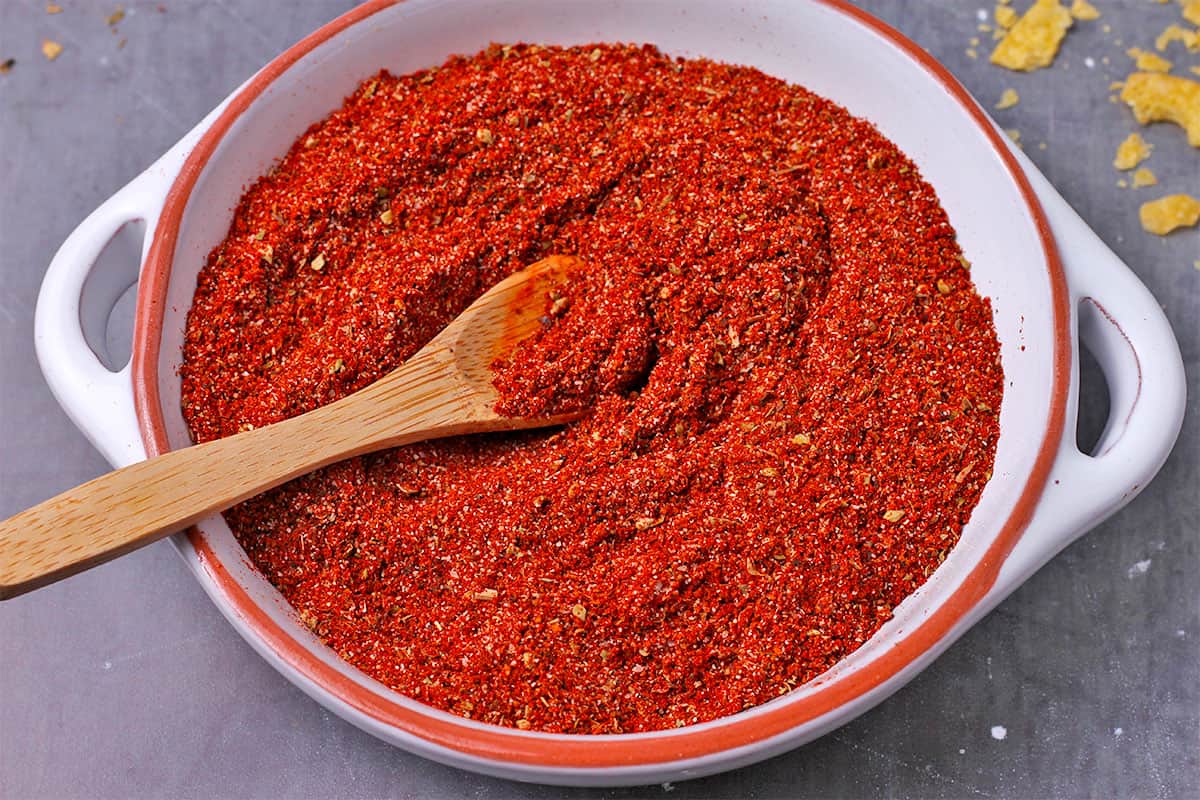
Table of Contents
Why You'll Love This Recipe
- This is an all-purpose Mexican-style spice blend for a variety of recipes.
- It's salt-free and gluten-free.
- Make it as spicy or mild as you like it.
- Make a big batch and store it for years.
Ingredients, Notes, and Substitutions
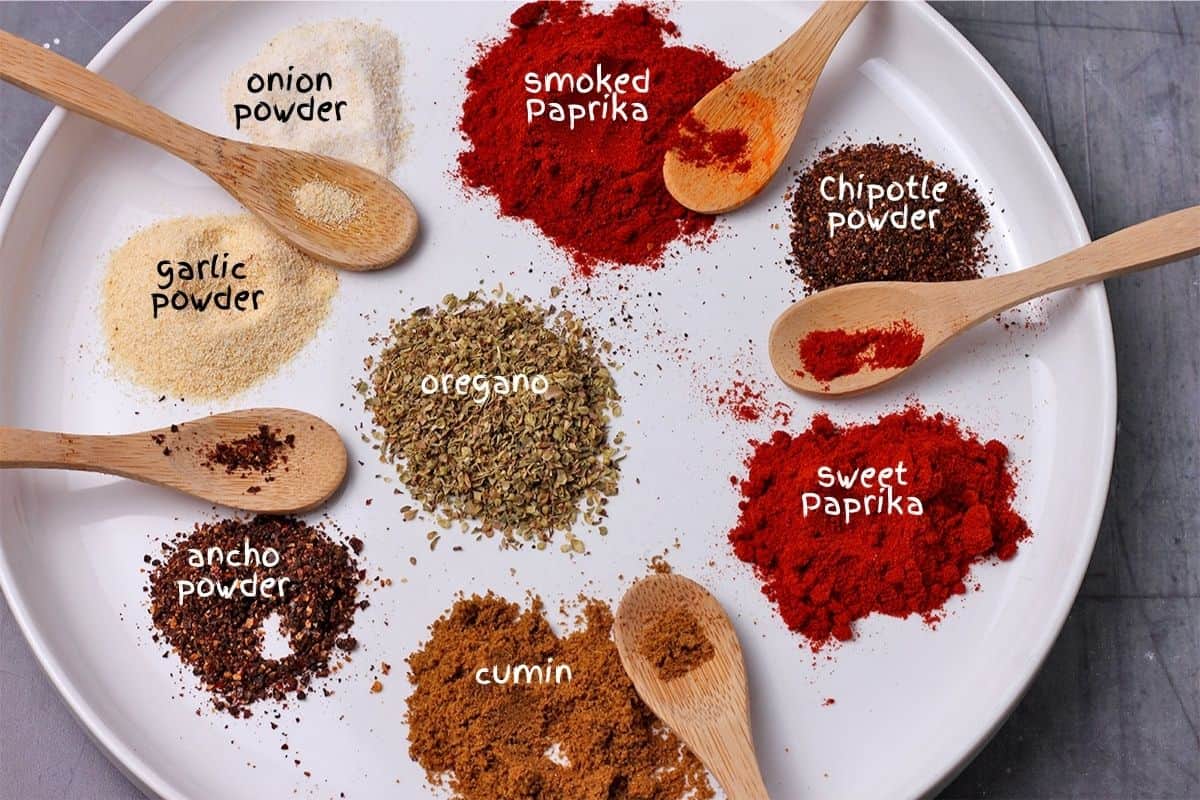
Smoked paprika. The smokey flavor enhances the taste of chipotle chilies. I use hot, but medium or mild varieties are available.
Sweet paprika. Common paprika is not smoked and tastes like dried red bell peppers (paprika peppers).
Oregano. Mexican oregano is best for this recipe but not essential.
Chipotle chilies. I grind chipotle pepper flakes because that's what's available where I live. If you find ground chipotle powder (not chipotle chili powder), use it.
Ancho chilies. Ancho chili is milder with a sweet flavor that makes it ideal for a chili blend with other varieties of chili. Skip the chipotle and double the ancho for a milder spice mix.
Please see the recipe card at the bottom of this post for the complete list of ingredients with measurements plus recipe instructions.
Recipe Variations
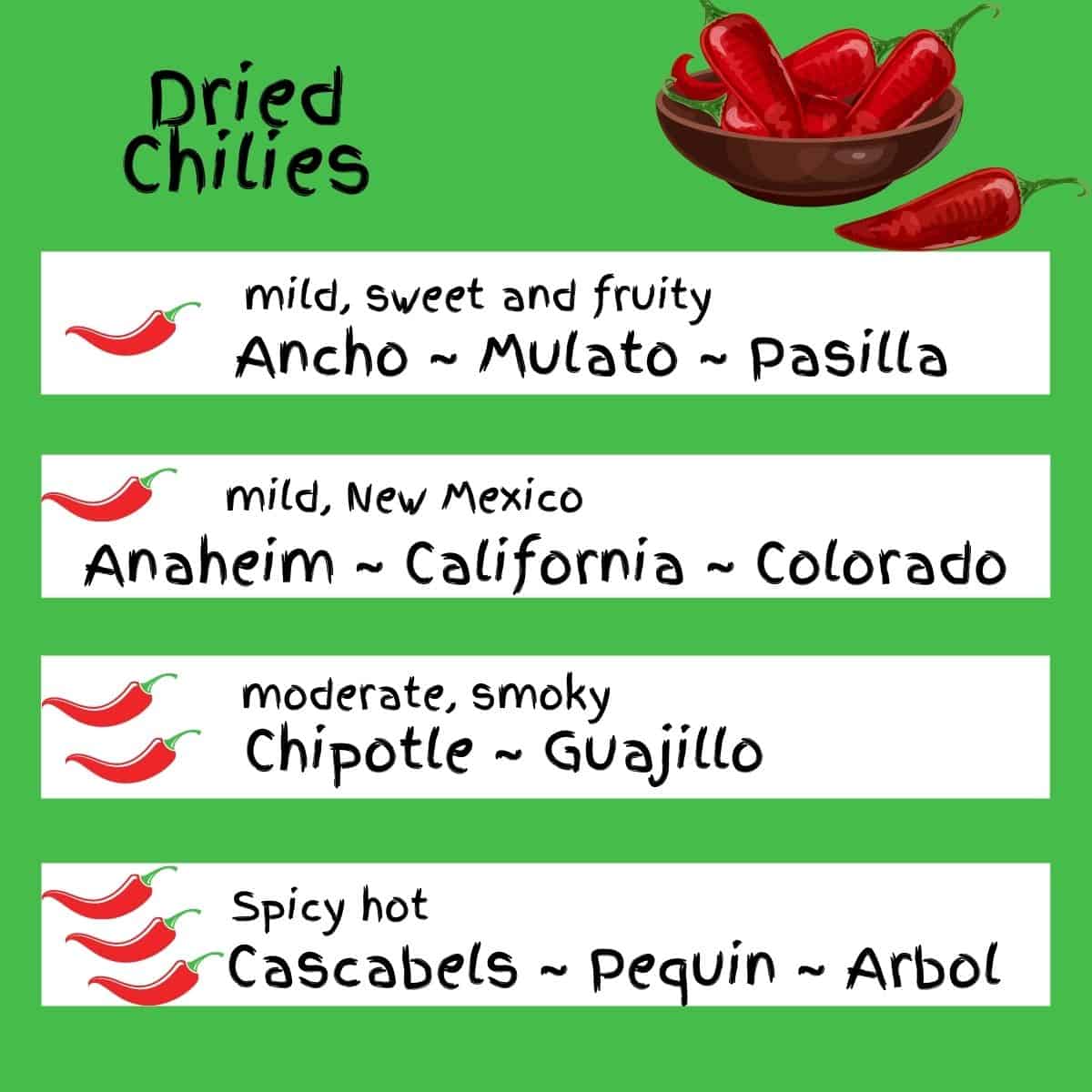
Chilies come in a wide variety. You can adjust the spice mix by using chilies with the perfect touch of heat you're after. Of course, the other heat control is quantity. You always have the option of adding a little bit of heat to recipes from cayenne pepper or red chili flakes.
A note about salt: I rarely add salt to any spice blends because it's easier to control salt when making individual recipes. Over-salting is challenging to correct and easy to forget that you've already added it to your spice mixes.
Instructions and Pro Tips
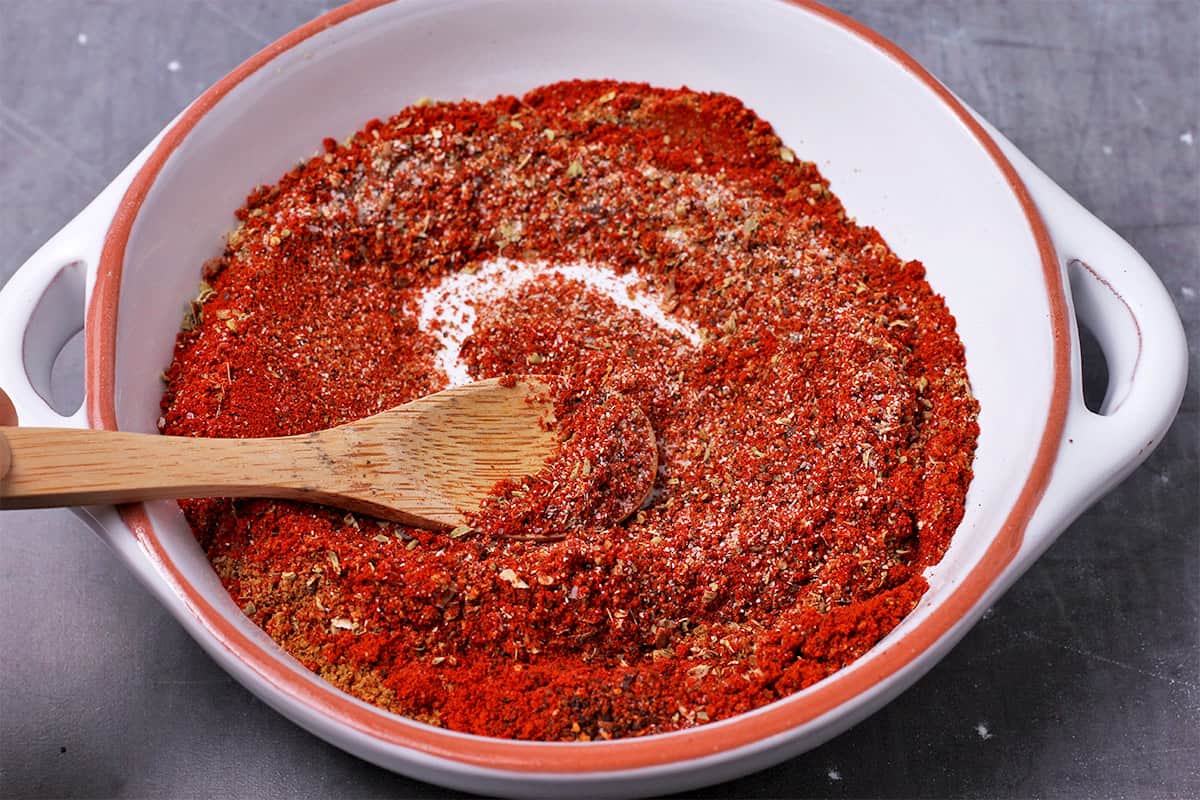
- Making chili powder is as simple as mixing ingredients in a bowl or jar.
- Use a spice grinder or clean coffee grinder to break down whole, dried chilies or chili flakes into powder before mixing with the rest of the ingredients.
- If you want to get fancy with whole chilies or cumin seeds, toast them first in a dry skillet. Break whole chilies and remove their seeds for less heat.
Serving Suggestions
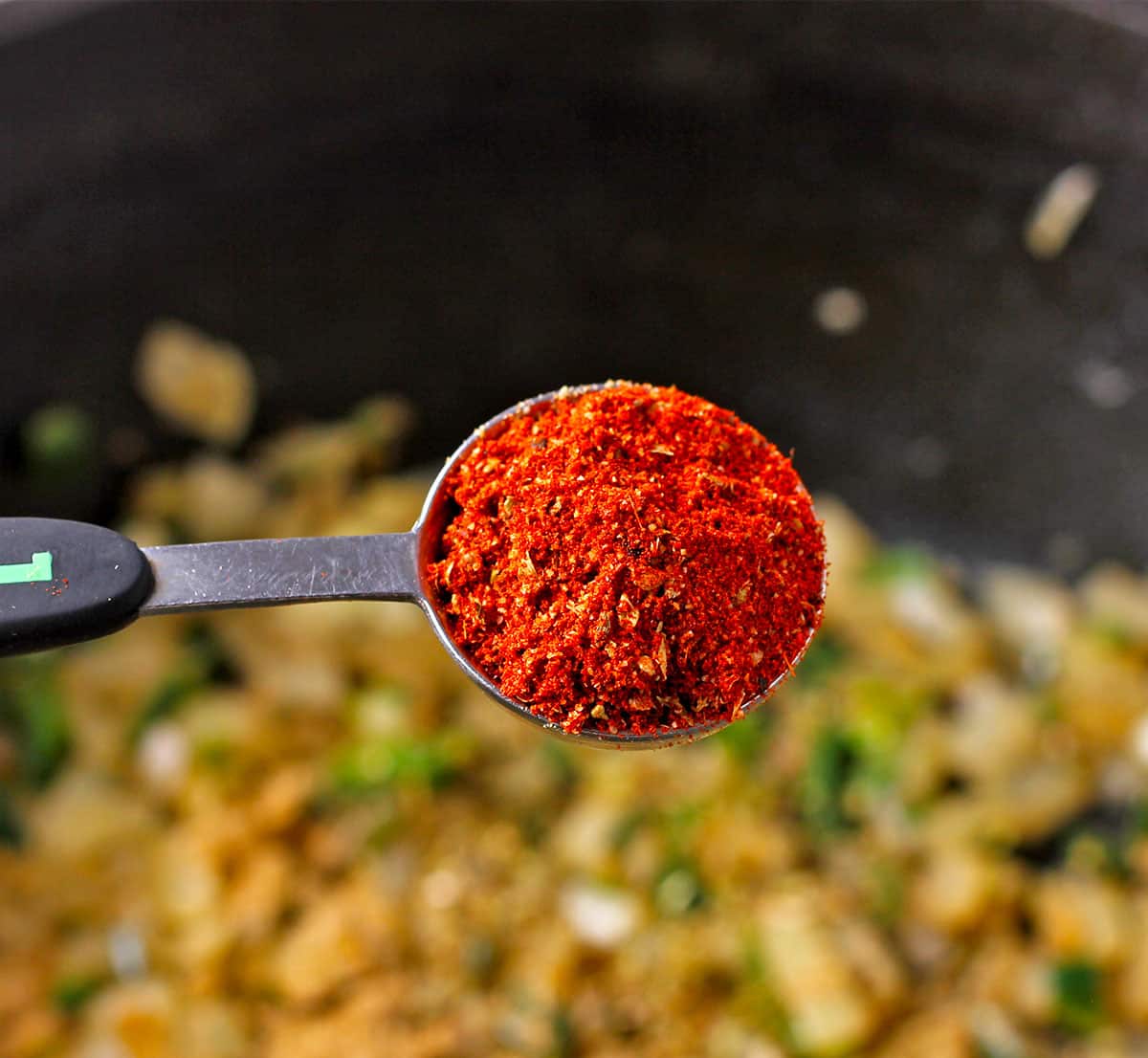
Use this recipe as a substitute for regular chili powder in dishes where you want a little heat or garnishing appetizers like black bean dip or beet hummus.
If you are unsure of the heat index, taste the chili powder first, add a little, then adjust as you continue cooking.
Frequently Asked Questions
Store chili powder in a tightly sealed jar or airtight container. Like everything in your spice rack, it should be kept away from excess light, heat, and moisture. That means not near bright sunlight, your stove, or Instant Pot steam.
Unless it gets wet, chili powder will last for years; however, it will, over time, lose potency. For this reason, you should always check the expiration date on the bottle. If you make chili powder, note the expiration date of the oldest ingredient.
Not all chili powders are gluten-free. Some prepared brands can use gluten-containing ingredients, such as wheat flour, as fillers. This is another reason why making your own chili powder is a good idea.
If you add too much and your dish is too spicy, there are a few things you can do. First, add more sweeteners, like maple syrup or date paste. Coconut milk or vegan sour cream can also mitigate too much spice. Nut butter such as tahini or peanut butter can mellow the bite, as can starchy vegetables or beans.
More Spice Mix Recipes
Do you have a question or recipe request or need a cooking tip? Leave a comment below or contact Denise. I’m here to help! If you want more healthy vegan recipes, please subscribe to my newsletter or follow me on Facebook or Pinterest for the latest updates.
If you make this recipe, please leave a ⭐⭐⭐⭐⭐ rating. It’s much appreciated!
👩🏻🍳 Recipe
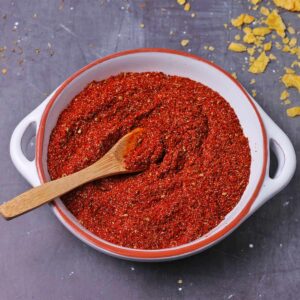
Homemade Chili Powder Recipe
Rate this Recipe:
Ingredients
- 1 tablespoon smoked paprika
- 1 tablespoon sweet paprika
- 1 tablespoon dried oregano
- 1 ½ teaspoons cumin
- 1 ½ teaspoon garlic powder
- 1 teaspoon onion powder
- 1 teaspoon chipotle powder - grind whole chilies or chili flakes
- 1 teaspoon ancho powder - grind whole chilies or chili flakes
Instructions
- For whole chilies or chili flakes, use a spice grinder to break them into a fine powder. (see notes).
- Combine the ingredients in a jar with a lid or airtight container.
- Date the expiration for the earliest date of any individual ingredient. Add a name label so you don't mix it up with another spice blend.
- Makes 5 tablespoons.
Notes
- For less spicy whole chilies, break them and shake out the seeds. For a smokier flavor, you can also toast whole chilies in a dry skillet.
- Chili powder can be kept for years, but its potency is dictated by the oldest spice in the mix. This is why labeling and dating your homemade chili powder is important.
- Not all chili powder is gluten-free; however, making it yourself ensures it is.
Before using chili powder, shake the jar to distribute the spices equally. - Store homemade chili powder in a sealed container in a cool place, away from heat sources (your stove), direct sunlight, and a working Instant Pot or device that emits steam.
- Taste your chili powder before using it. Add it a little at a time in dishes to avoid over-spicing. Add a sweetener like maple syrup or date paste if your food is too spicy. Coconut milk or vegan sour cream can help mitigate the spice, as can a starchy vegetable such as potatoes or adding more beans to a recipe.
Nutrition
Nutritional information is an estimation only.


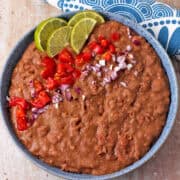
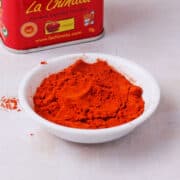
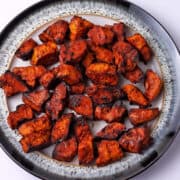

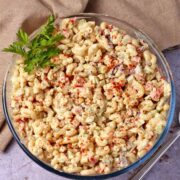
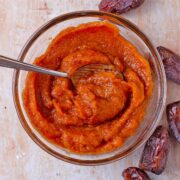

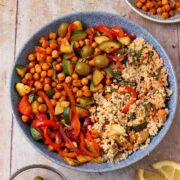


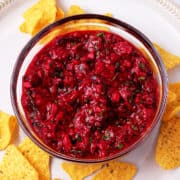
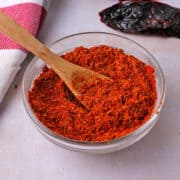
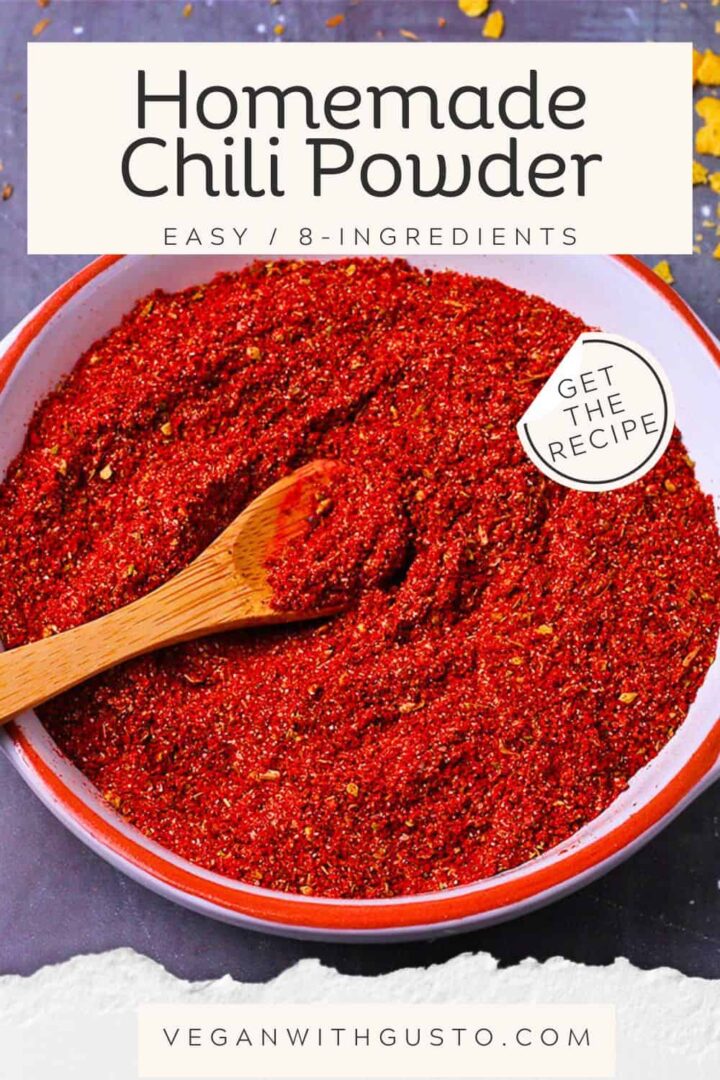
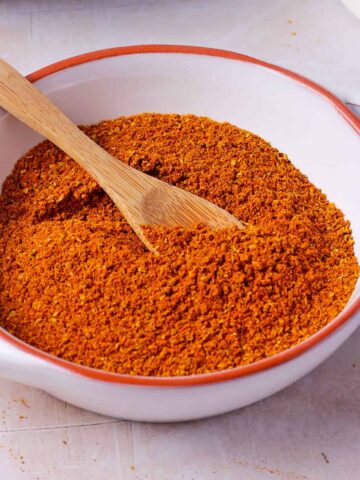
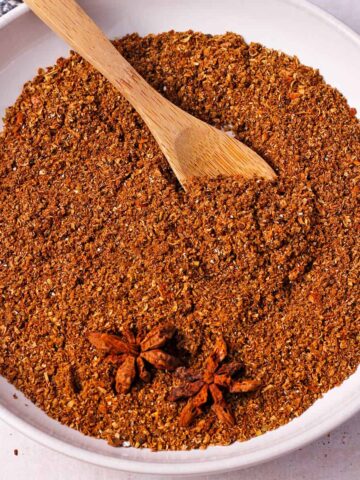
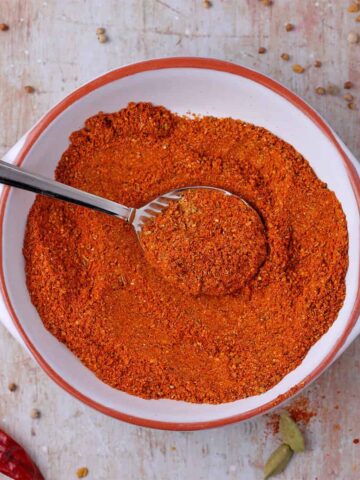
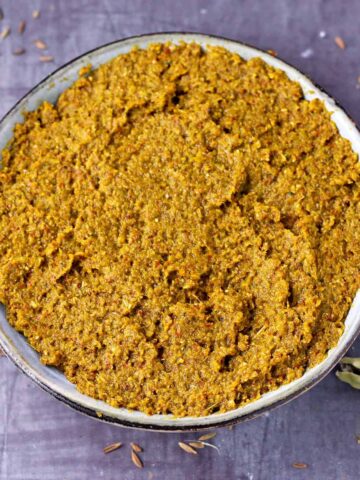
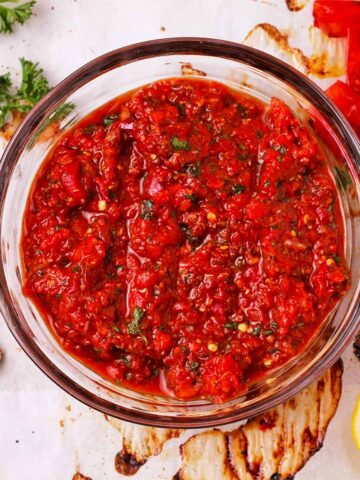

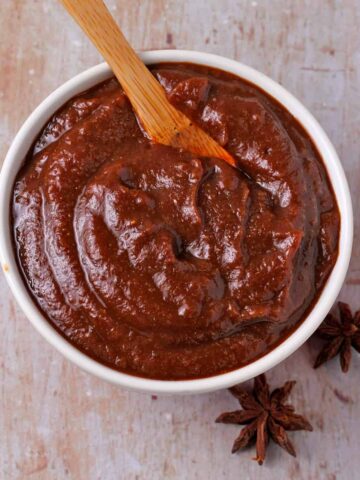
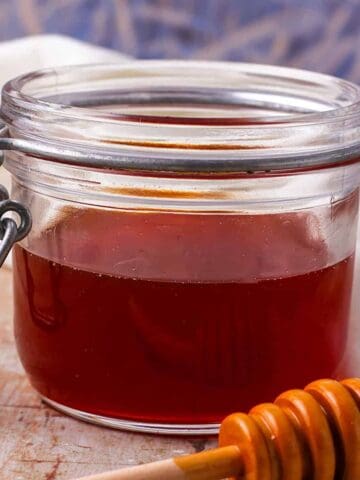
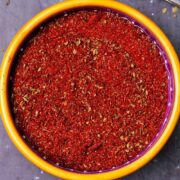
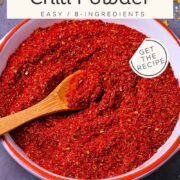
João Silva
can you please convert the recipe in grams?